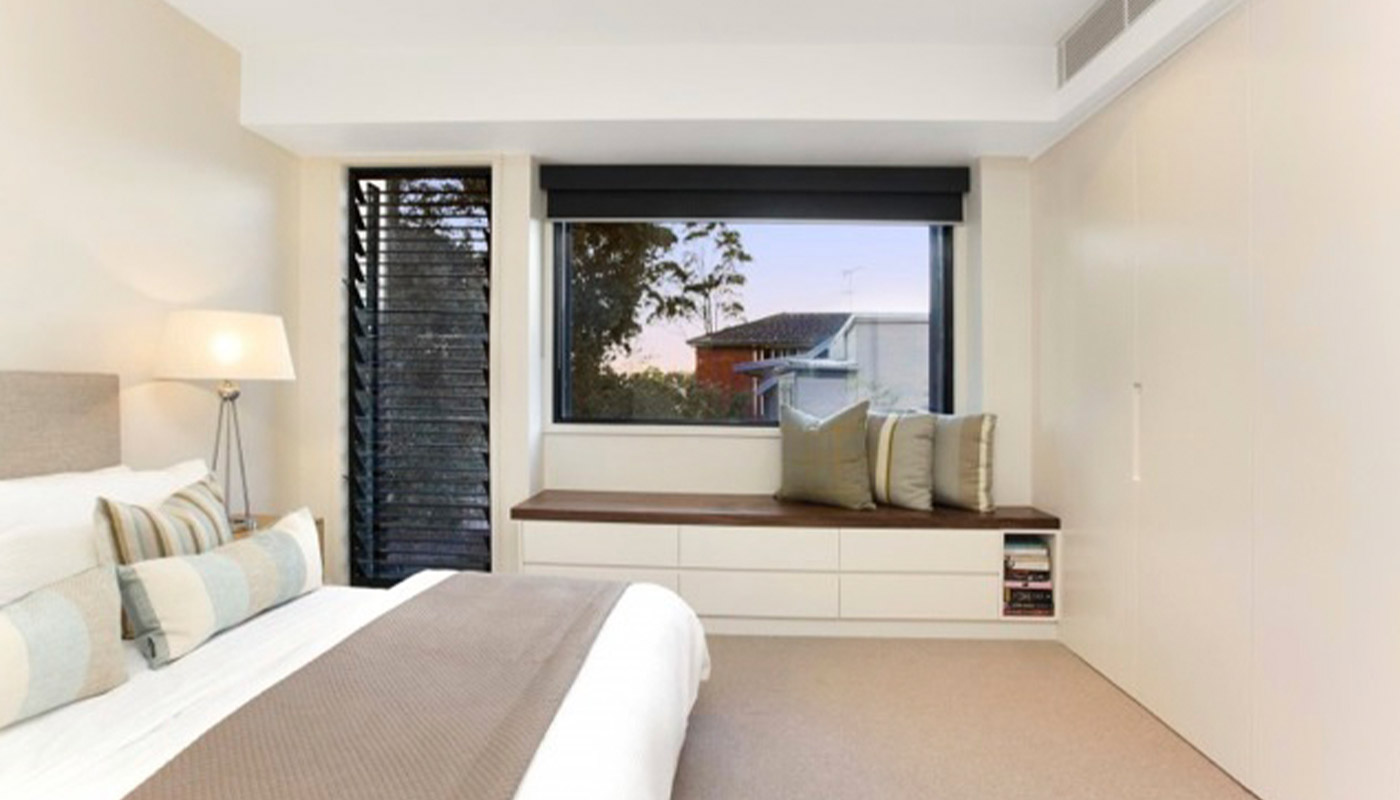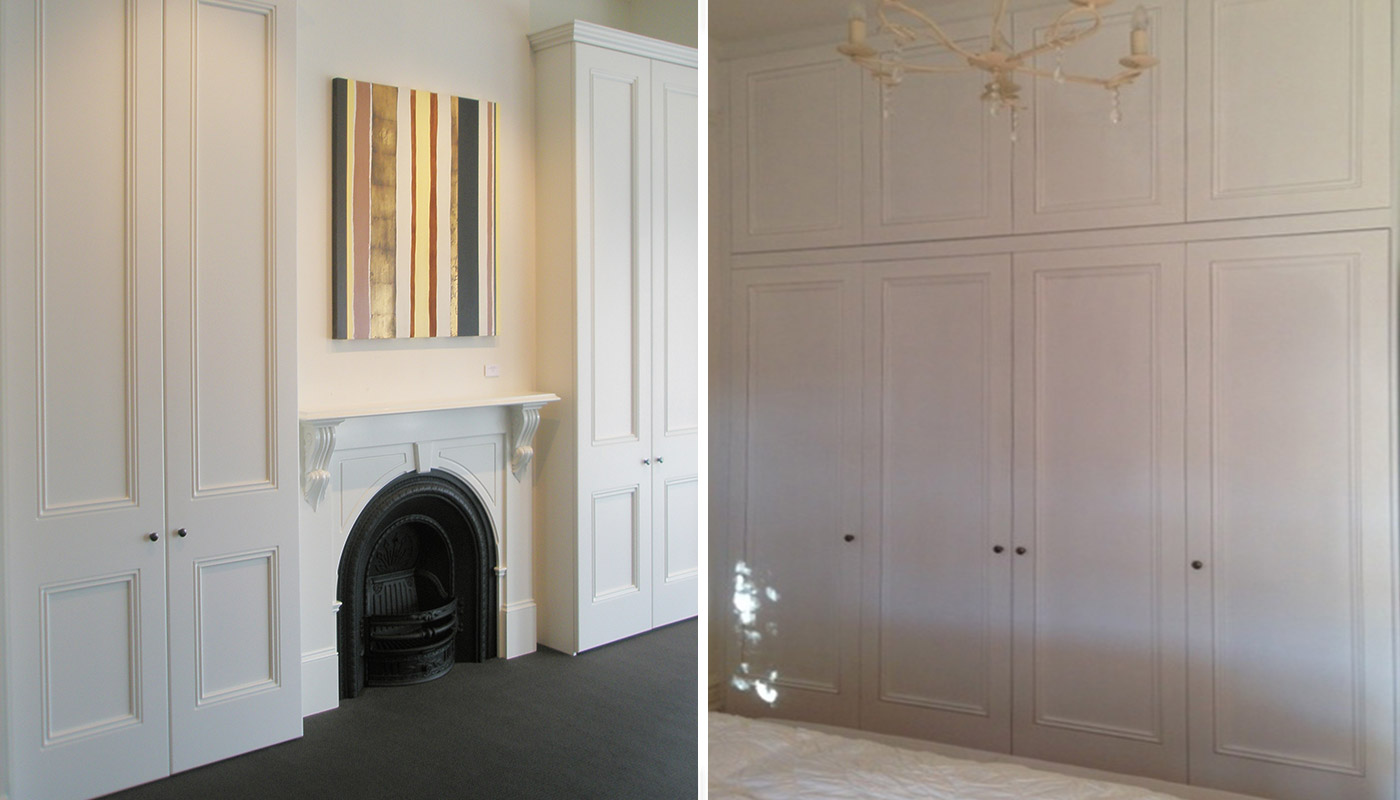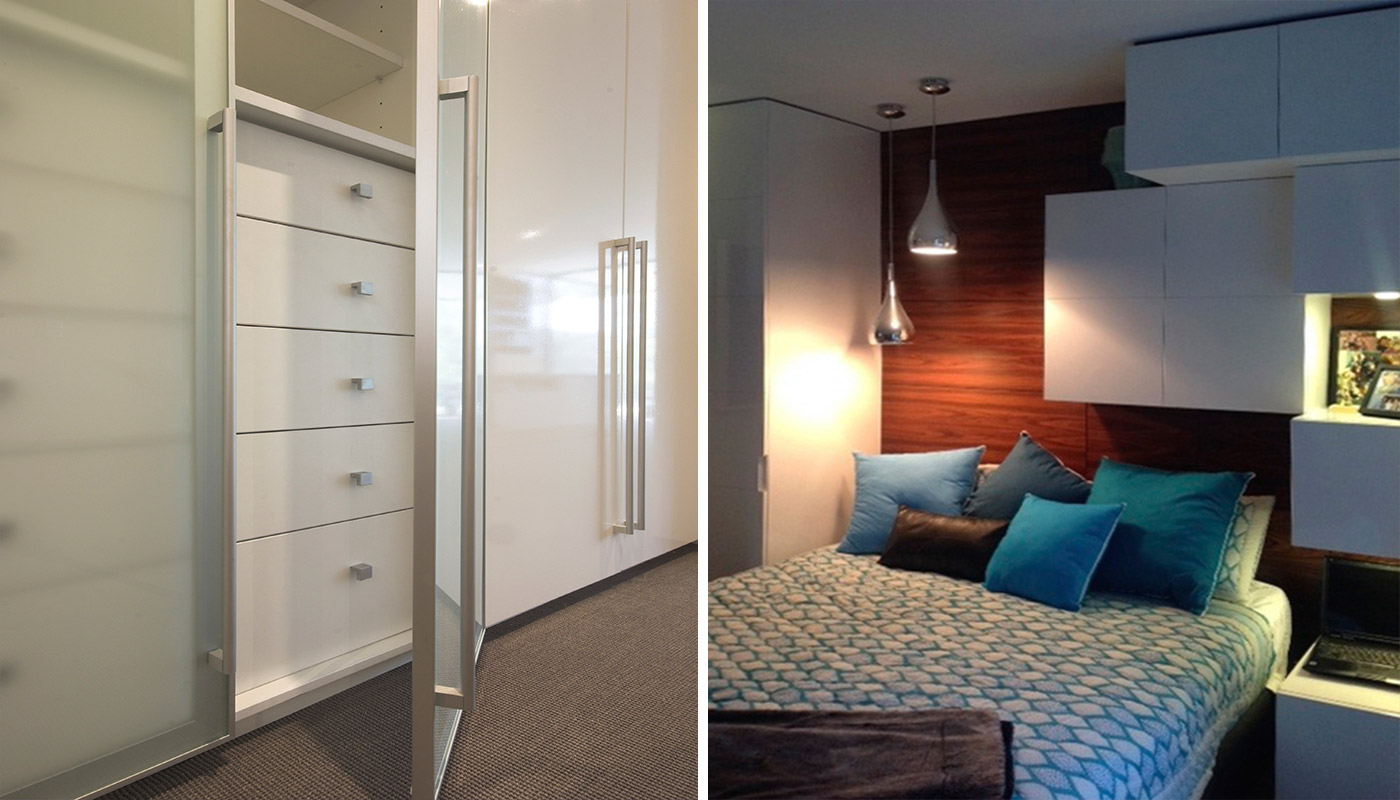What Do I Need For The Ideal Walk-In Wardrobe Design?
Posted by Sanju k on November 3rd, 2016
Many people prefer a walk-in wardrobe design, particularly when it comes to the master bedroom. Not only is this a highly luxurious inclusion, it provides a much larger area for storing clothes, shoes and accessories. Various layouts are also available to suit your space and needs, making your possessions easy to access and view. If you’re looking for tips on creating the ideal design, you’ve come to the right place! Here’s everything you need to include:

- Hanging Rails
The amount of hanging space required can vary greatly, but a common occurrence is that women need more hanging space than men. A mix of long and short hanging options with double the amount of short rails (often placed one on top of the other) is generally recommended. Getting into corners can be tricky, but if you run long hanging rails into them they can be used to store dresses and suits you don’t need constant access to.
- Drawers
Drawers are important for storing smaller items, such as underwear, socks and other folded accessories (like scarves). You need to ensure that the drawers are wide enough so that your clothes don’t have to be folded up on the sides. You might also want to consider including dividers and small boxes or baskets; these can be used to store rolled up belts, scarves, ties and so on to keep everything tidy and organised.
- Open Shelving
We have found that shelving works best from waist-height upwards. It’s also great if you’re looking for a cost effective solution, as drawer mechanisms cost more than open spaces do. Shelving is perfect for folded jumpers, shirts and trousers. Many people also find that it’s perfect for showing off their handbag collection – narrow or even awkward spaces can easily be turned into a practical display for your collection.
- Narrow Shelving
This type of open shelving is generally installed at a slight angle along the bottom of your walk-in wardrobe. It is very practical for storing shoes and makes use of the otherwise dead space under clothing rails. Some people also opt for flat, narrow shelves so that they can store their shoes in their boxes. Keep in mind that some shoes are taller than others (notably long boots), so you may need to allow for this.

Before we finish, we also have some top tips that we want to share for creating the ideal walk-in wardrobe design:
- Including a full length mirror so that you can check out your outfit before running out the door;
- Line wire baskets (if you have any) so that they don’t leave ugly indents in your clothes;
- Placing storage boxes on the top shelf is a great way to store seasonal clothes and linen, or those pieces you don’t wear often; and
- Don’t forget the importance of lighting – if you don’t have access to natural light, use cool light bulbs (they’ll allow you to see colours better).

As you can see, putting together the ideal walk-in wardrobe design for your home and needs should be relatively easy. Whilst there are plenty of other storage solutions that you could look into (such as tie racks and hooks), you’ll find that the four elements outlined above (hanging rails, drawers, open and narrow shelving) are more than enough to store all your possessions. If you have the space and budget, then you can look into alternatives.
Spaceworks Design provide home office design, wall units and wardrobe fitouts, custom cabinets & bookshelves in Sydney, Australia.





